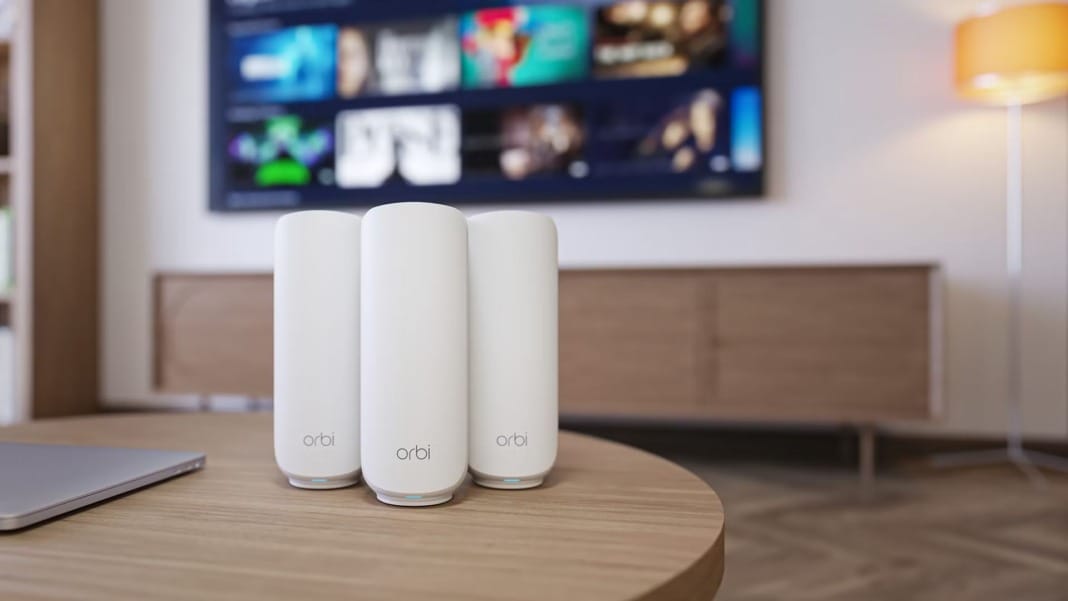The latest data from research firm Canalys shows a dramatic shift in the origin of smartphones entering the United States, with nearly half now manufactured in India. The report, covering smartphone shipment volumes for Q2 2025, reveals that the United States saw only a modest 1% year-on-year growth in smartphone imports. However, the real story lies in where those devices are coming from—and where they are not.
Indian-made smartphones see a massive rise
According to Canalys, shipments of smartphones from China to the US dropped by 61% compared to the same period in 2024. In contrast, phones manufactured in India surged by 240% year-on-year. This steep rise is primarily attributed to companies seeking alternatives to Chinese manufacturing amidst the ongoing US trade policies and rising geopolitical tensions.
The shift coincides with tech companies frontloading inventory in anticipation of looming tariff changes. Apple, in particular, reportedly boosted its inventories rapidly at the end of Q1 and worked to maintain those levels into Q2. Meanwhile, Samsung increased its inventory significantly in Q2, contributing to a 38% increase in year-on-year shipments, led mainly by its Galaxy A-series devices.
Despite these efforts, the overall US smartphone market only grew by 1%, which Canalys suggests points to sluggish consumer demand. “Even if smartphones remain exempted from tariffs, many other categories are impacted, which might greatly impact consumers’ spending patterns and keep smartphone demand modest in H2,” said Runar Bjorhovde, Senior Analyst at Canalys, which recently became part of Omdia.
Tariffs continue to influence trade decisions
The uptick in Indian-made devices appears directly tied to US trade policy. President Donald Trump recently confirmed that there will be no further delays to the planned tariffs, which are set to take effect on 1 August 2025. The new tariffs will range between 15% and 20%, although Trump indicated it would likely fall into “probably one of those two numbers”.
These tariffs are part of a broader effort to reduce the US economy’s reliance on Chinese manufacturing and bring more production onshore or to trade-friendly nations. However, the outcome so far suggests that rather than boosting domestic production, the policies are encouraging companies to shift their supply chains to other countries, such as India.
While smartphones themselves have so far remained exempt from the tariffs, the wider range of taxed consumer electronics and related components is expected to have a knock-on effect on overall consumer spending. This could keep smartphone demand muted for the rest of the year.
Apple leads despite shipment drop
Despite challenges, Apple maintained its dominant position in the US smartphone market during Q2 2025. The company experienced an 11% year-over-year decline in shipments, yet it still held onto its top spot in terms of market share.
Samsung, on the other hand, saw significant growth, increasing its shipment volume by 2.3 million units compared to the same period last year. Nevertheless, it remains the second-largest smartphone brand in the US market.
Although the frontloading strategy by major vendors indicates an effort to brace for future disruptions, Canalys analysts warn that the gap between “sell-in” (units shipped to retailers) and “sell-through” (units sold to consumers) is widening, reflecting subdued end-user demand.





